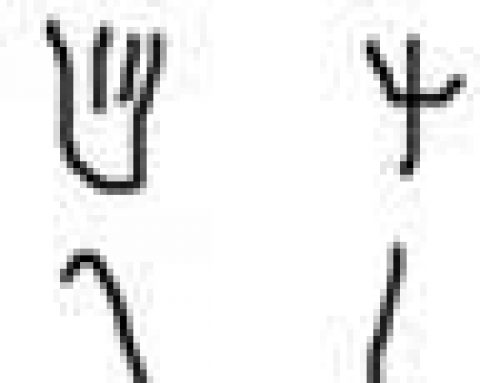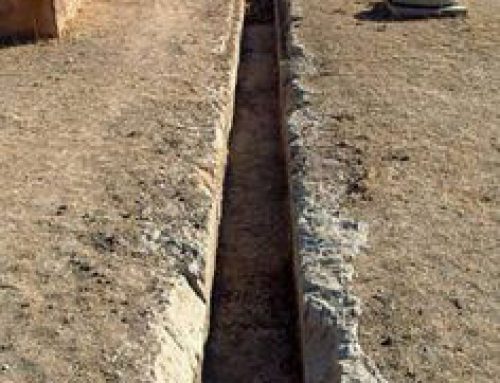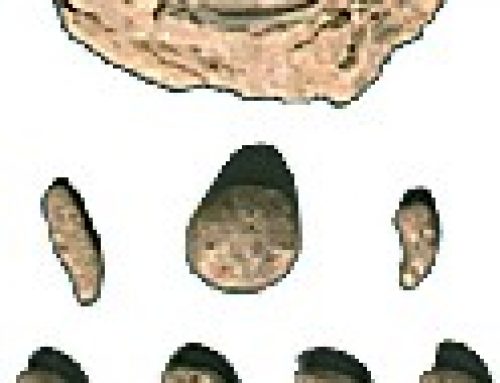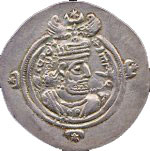
Coin of the Sassanian king Hormizd V (ca. 593 AD?)
The most important part of the Sassanian economy, as in all other states in Late Antiquity, was farming – most people still were farmers, growing mainly wheat and barley. But most farmers didn’t eat the food they grew. They sold their wheat or barley to a mill and used the money to buy food in farmer’s markets or in stores or restaurants, as farmers do today.
Because of this constant trading, most people, even ordinary farmers in the countryside, needed to use money, and there are lots of Sassanian coins in all different values – gold, silver, and bronze.
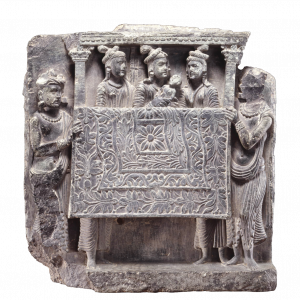
A knotted carpet hanging from a litter. Probably from the Swat Valley (modern Pakistan). 0-200 AD
The other important part of the Sassanian economy was, as in the Parthian Empire and earlier, trade along the Silk Road between India and China in the east and West Asia, Africa, and Europe to the west. The Sassanians didn’t go to China themselves. They traded with the Sogdians and Gokturks to their east, and the Sogdians and Gokturks traded with China.
The Sassanians started up some new industries in West Asia that became very successful. In the 500s AD, they began to grow cotton to make locally produced cotton cloth. And they kept on producing other things to sell on the Silk Road too. They made beautiful Persian carpets. They made silver bowls and cups, that people always wanted in China. And they made all sorts of things out of glass, too.
Learn by doing: barley soup
Medieval Islamic Economy
Bibliography and further reading about the economy of the Sassanian Empire:
Find Out About Mesopotamia: What Life Was Like in Ancient Sumer, Babylon and Assyria, by Lorna Oakes (2004).
Ancient Mesopotamians, by Elena Gambino (2000). For kids, retellings of Mesopotamian stories and lots of context.
Ancient Near Eastern History and Culture, by William H. Stiebing (2002). Expensive, and hard to read, but it’s a good up to date account.
Everyday Life in Ancient Mesopotamia, by Jean Bottero and others (2001).
Daily Life in Ancient Mesopotamia, by Karen Rhea Nemet-Nejat (2002).

